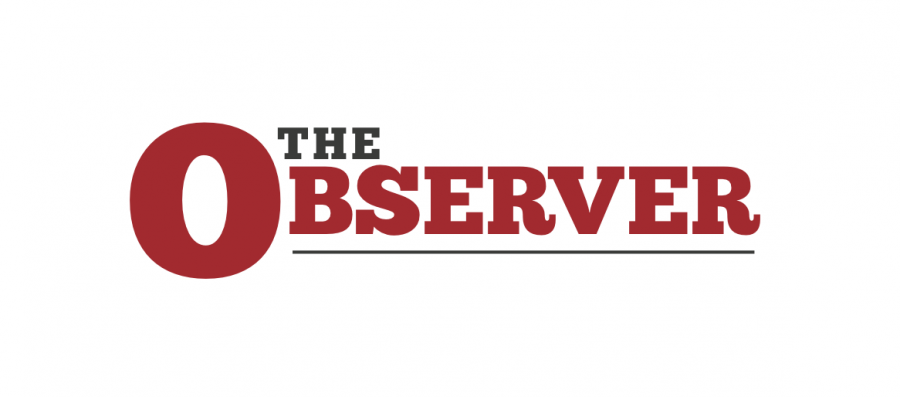What about the arts? CAH facing tight budgets
As CWU allocates funds to what it finds valuable, what will become of CAH?
November 15, 2018
The year of 1926 was a particularly important and exciting year for both students and staff at what was then Washington State Normal School in Ellensburg. The institution saw record-breaking enrollment, the student body was fired up over their homecoming game against the University of Idaho (which they won), and not only were there two new dormitories planned for construction, but a new student union building had also just opened.
That building, the College Union Building, would later go on to be known as Samuelson Hall. Now, less than a century and more than five renovations later, Samuelson is the STEM (Science, Technology, Engineering and Mathematics) giant we know it as today.
Over the last decade CWU has slowly been making the transition to investing campus resources and funds towards STEM-related majors and classes, while silently suffocating the arts.
And because of its developing reputation and revenue, CWUit has interpreted this as a good long-term strategy. But what about the arts?
Well why wouldn’t you invest in technology and the sciences? They’re highly profitable fields for graduates (often earning twice as much as a humanities graduate over their lifetime, according to a Washington Post article), they stimulate local and regional economies and there’s more money for the alumni and administration to pump back into the university.
We also can’t glaze over the discussion of infrastructure. Of the last seven major constructions and renovations that have occured on campus over the last decade, four have benefited the College of Sciences. The Language and Literature building, home to one of CAH’s largest programs, English, has suffered many infrastructural problems over the years.
To the average onlooker, it seems as if CWU feeds the dollars into STEM and leaves the dimes for the arts. As an arts alumnus, it pains me to see the struggles of my former college (mostly at the hands of a new, controversial funding model), but it also doesn’t surprise me. CWU’s journalism department, while passionate and filled with some excellent professors, is ultimately skeletal and meek. The future of small programs like these may be uncertain.
In a budget town hall meeting last winter, CWU President James Gaudino stated that the new budgeting model would eventually be adjusted to the benefit all four colleges. In a later public forum, we learned that the other colleges had credited the College of Arts a portion of their funds.
They were the only college that failed to balance their 2017-2018 budget. They were effectively bailed out.
The Washington State Normal School of Ellensburg wasn’t constructed back in the 1800s to fuel a renaissance of arts and humanities. Quite to the contrary, this institution was founded as a statewide initiative to churn out educators and scientists en mass while the United States was busy investing in World Wars and atomic bombs.
It was what CWU found valuable then. Now, on the brink of a technological “golden age,” the university sees this as a time to strike. The problems with CAH funding are nuanced, to say the least, and not specifically at the hands of STEM.



